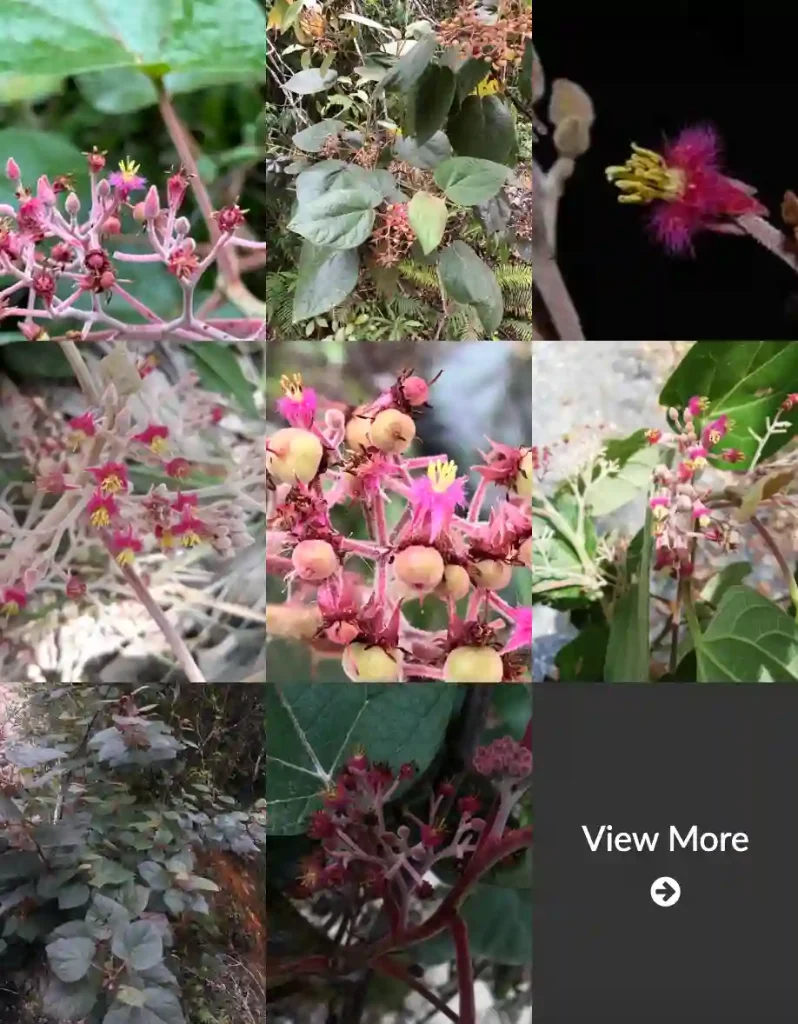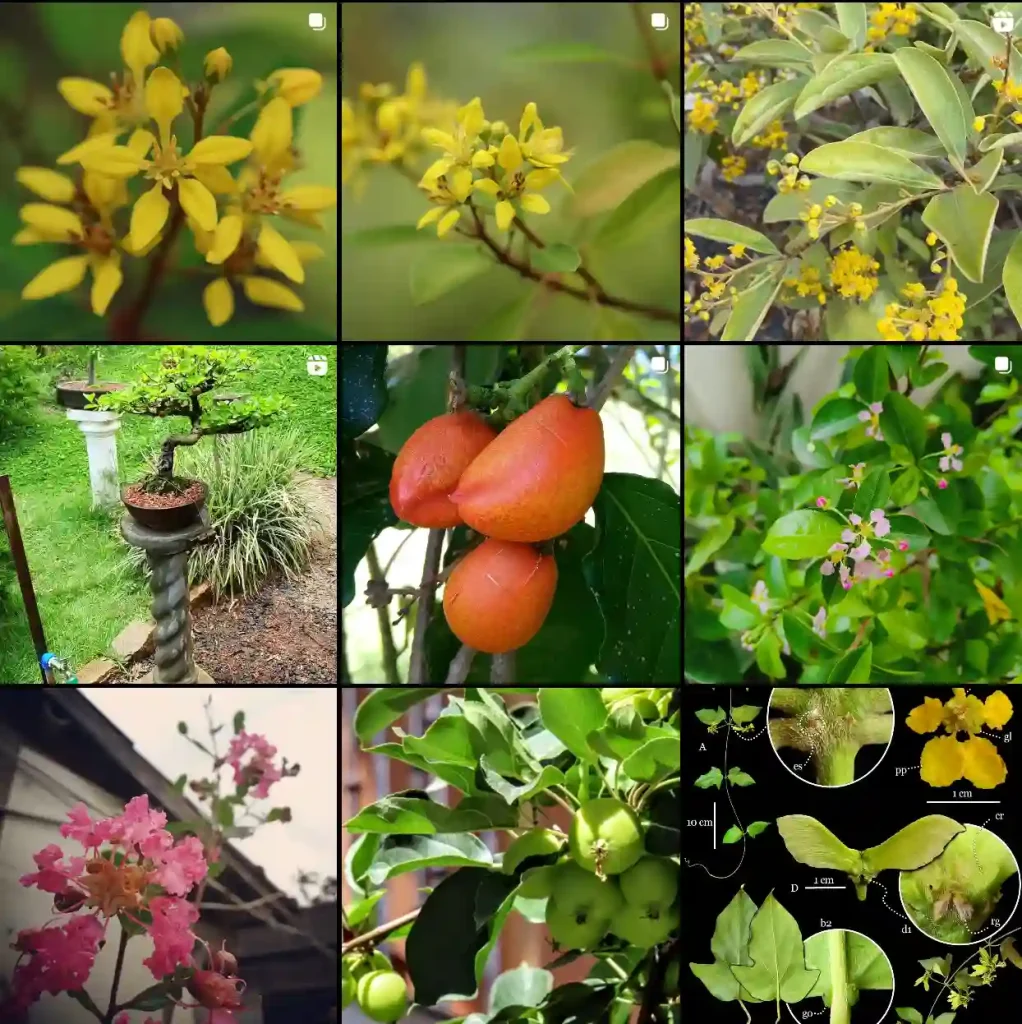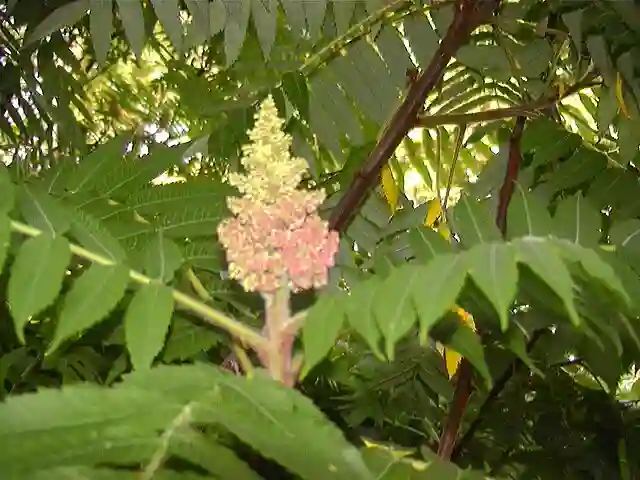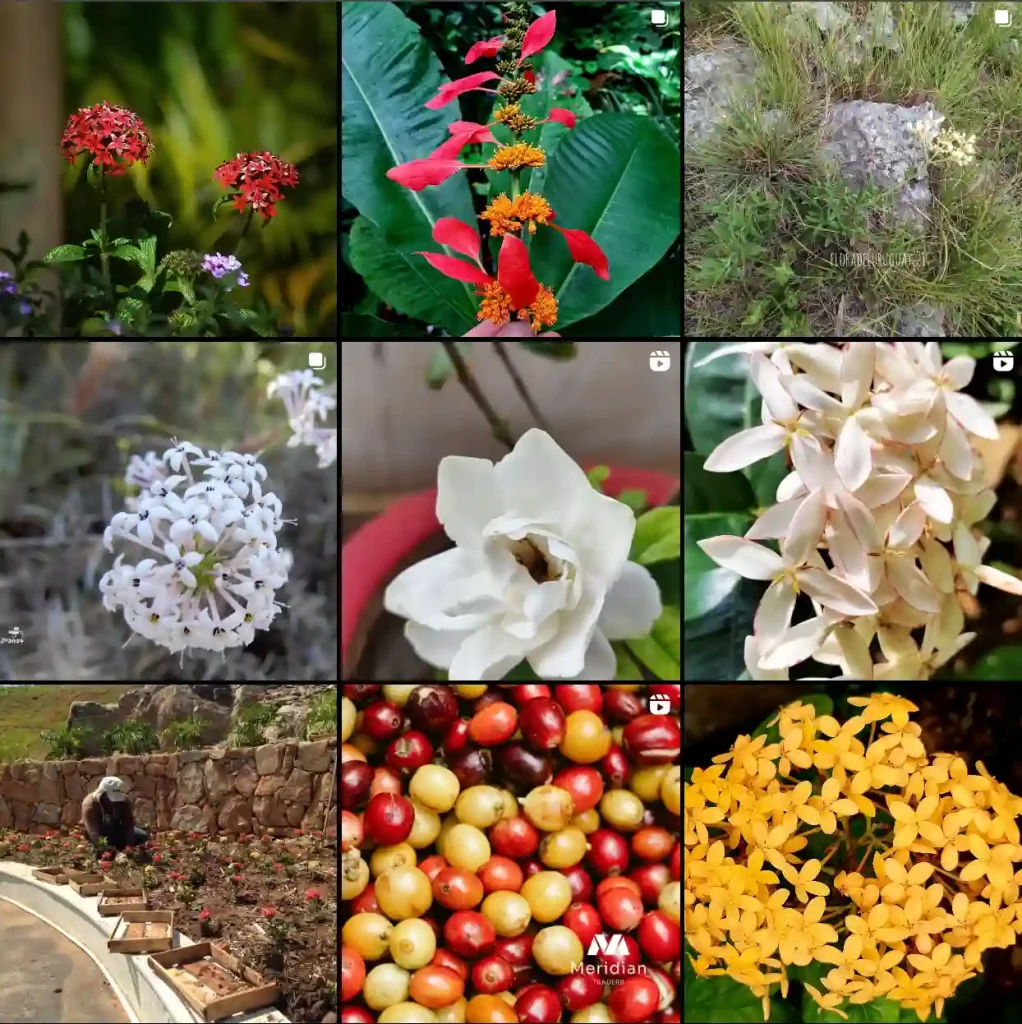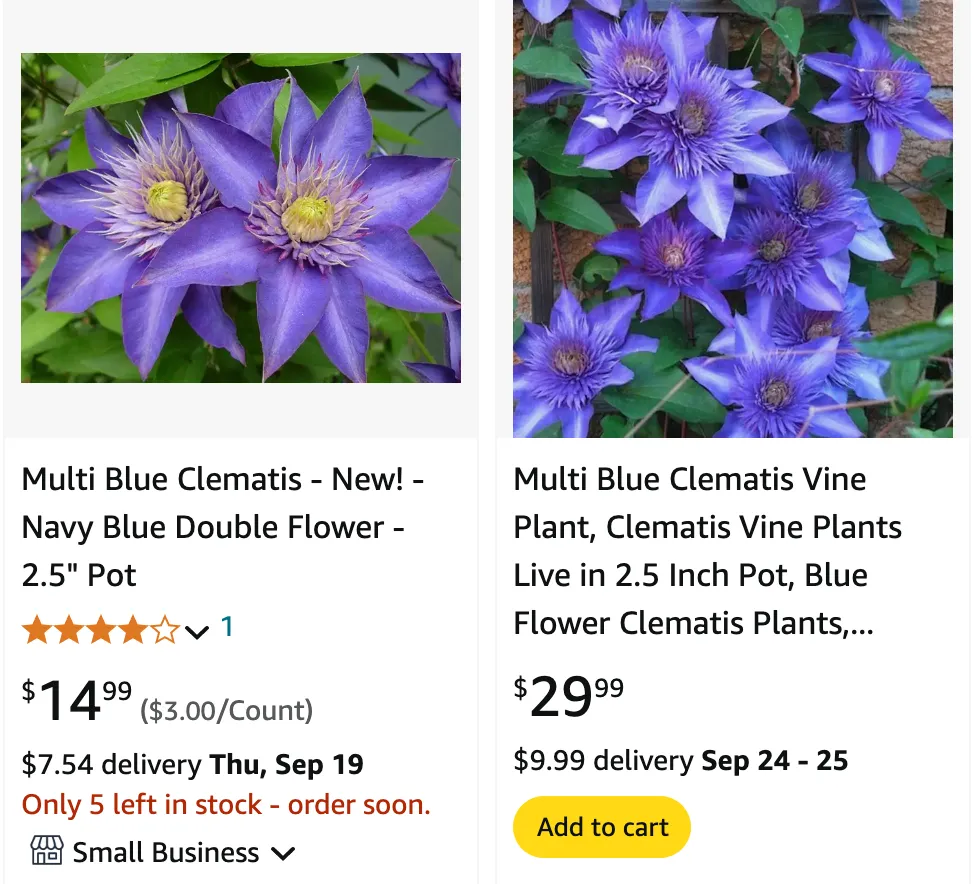
Frequently Asked Questions About Clematis Multi Blue
Clematis Multi Blue is a popular choice for gardeners who love vibrant, cascading blooms. I’ve had my share of experience with this plant, and I’d like to share some insights and answers to common questions about it.
391 Species in Genus Clematis
What Is Clematis Multi Blue?
Clematis Multi Blue is a variety of clematis known for its stunning, double, blue flowers. It’s a deciduous vine that adds a splash of color to gardens, trellises, and fences. The flowers are unique because they have multiple layers of petals, giving them a full, lush appearance. This clematis is a part of the large clematis family and is celebrated for its vibrant hue and prolific blooming.
When Does Multi Blue Clematis Bloom?
One of the exciting aspects of Clematis Multi Blue is its blooming period. Typically, it blooms from late spring to early summer. Depending on your climate and care, you might also see a second wave of blooms in late summer or early fall. The plant produces its flowers on new growth, which means regular pruning and proper care can lead to a more abundant blooming season.
How to Look After Clematis Multi Blue?
Caring for Clematis Multi Blue involves several key steps:
- Location: Choose a sunny to partially shaded spot. Clematis prefers a location with plenty of sunlight but appreciates some shade on its roots.
- Soil: Ensure the soil is well-draining and rich in organic matter. Clematis Multi Blue doesn’t like soggy roots, so good drainage is essential.
- Watering: Keep the soil consistently moist but not waterlogged. Regular watering is crucial, especially during dry spells.
- Mulching: Apply mulch around the base of the plant to retain soil moisture and keep the roots cool.
- Pruning: Prune Clematis Multi Blue after flowering to encourage new growth and more blooms. Since it blooms on new growth, regular pruning is essential to maintain its shape and vigor.
How to Propagate Clematis Multi Blue?
Propagating Clematis Multi Blue can be done through several methods:
- Cuttings: Take softwood cuttings in late spring or early summer. Dip the cut ends in rooting hormone and plant them in a well-draining potting mix. Keep them in a warm, humid environment until roots develop.
- Layering: This involves bending a low-growing stem to the ground, covering it with soil, and allowing it to root while still attached to the parent plant.
- Division: In spring or early fall, you can divide the plant by carefully separating the roots into smaller sections and replanting them.
What to Plant With Clematis Multi Blue?
Clematis Multi Blue pairs well with a variety of companion plants. Consider planting it alongside:
- Roses: Their contrasting bloom times and colors make for a beautiful combination.
- Hostas: The shade they provide can benefit Clematis Multi Blue’s roots.
- Astilbes: Their feathery blooms complement the clematis’s cascading flowers.
Can You Grow Clematis Multi Blue Indoors?
While Clematis Multi Blue is primarily grown outdoors, it is possible to grow it indoors with the right conditions. You’d need a large pot, a sunny spot, and adequate space for the vine to grow. However, growing clematis indoors can be challenging due to its need for ample sunlight and space.
Is Clematis Multi Blue Toxic?
Clematis Multi Blue is not considered toxic to humans or pets. However, it’s always a good idea to keep an eye on pets and children around plants, as ingestion of large amounts of any plant material can cause digestive upset.
Benefits of Clematis Multi Blue
Clematis Multi Blue offers several benefits:
- Aesthetic Appeal: Its beautiful, double blue flowers create a dramatic visual impact in any garden.
- Climbing Ability: It’s perfect for trellises, fences, and arbors, adding vertical interest.
- Long Blooming Period: With proper care, it can provide blooms over an extended period.
Common Problems with Clematis Multi Blue
Here are a few issues you might encounter:
- Powdery Mildew: This fungal disease can be prevented by ensuring good air circulation and avoiding overhead watering.
- Pests: Watch out for aphids and slugs, which can damage the plant. Regular inspection and appropriate treatments can keep them at bay.
- Wilting: This could be due to inconsistent watering or root rot. Make sure the soil drains well and the plant receives adequate moisture.
Comparing Clematis Multi Blue with Other Varieties
Clematis Multi Blue is often compared to other clematis varieties like Clematis Jackmanii and Clematis Nelly Moser. While Clematis Jackmanii has larger single blooms, Clematis Nelly Moser features striking pink flowers. Clematis Multi Blue stands out with its unique double blooms and vibrant blue color, offering a distinctive choice for gardeners.
Clematis Multi Blue is a fantastic plant for those who appreciate stunning, multi-layered flowers and a bit of gardening challenge. With the right care and attention, it can be a showstopper in your garden for many seasons to come.
If i die, water my plants!
